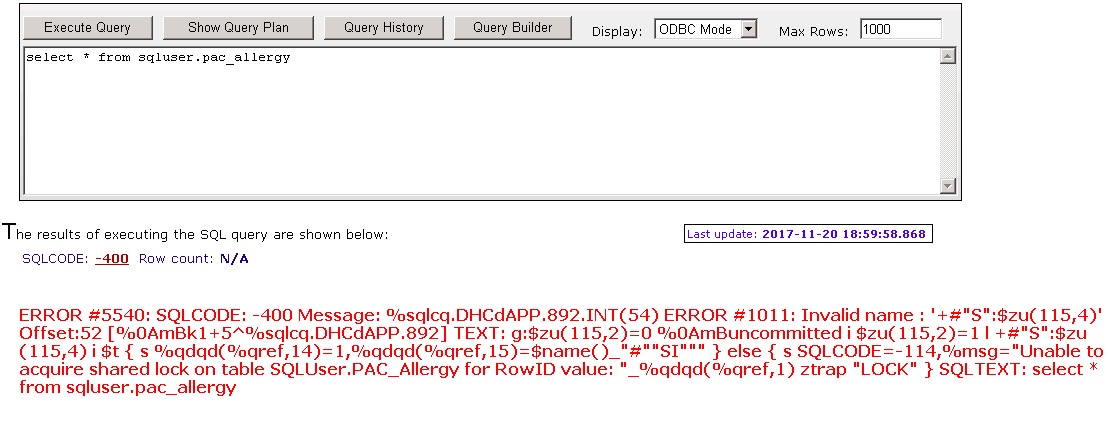So we have a custom business service that we use and we are calling SendRequestSync.
InterSystems Developer Community is a community of
25,526 amazing developers
We're a place where InterSystems IRIS programmers learn and share, stay up-to-date, grow together and have fun!

.png)


 this error remain after restart Caché service
this error remain after restart Caché service